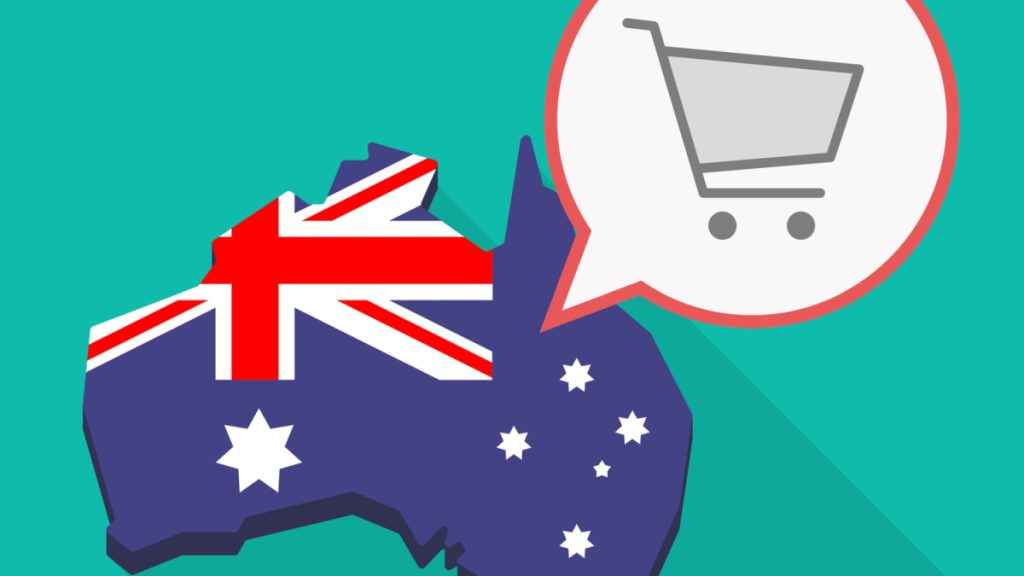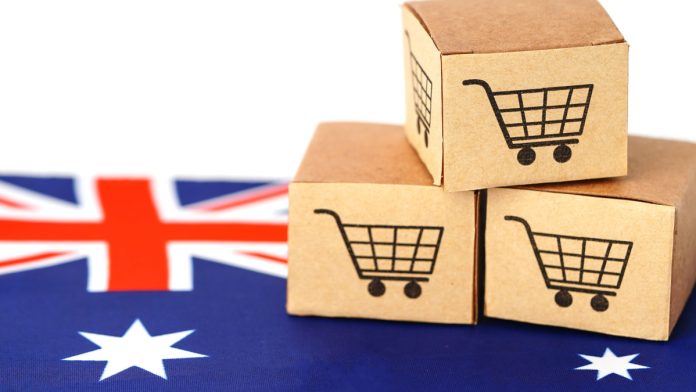Market analysts should focus their attention on Australian ecommerce as it ‘steadily eats into the share of the physical retail market’ to reach 35% market share by 2033, Head of APAC at Primer Kailash Madan says.
Payment Expert spoke to Kailash to discuss how merchants can take advantage of this boom, as well as to highlight the influence that digital payments will have and are already having on shaping the market.
Payment Expert: What are the intricacies of the Australian ecommerce market in comparison to ones in Europe?
Kailash Madan: “The Australian ecommerce market offers a domestic consumer base of approximately more than 25 million people, so there are several large retailers focused on providing the best experience for their audience across Australia and New Zealand.
“In comparison, European markets often tap into neighbouring countries and markets within the same region to reach a sizable customer base. Granted, this is also easier with the geographical distance and currency. In comparison, if Australian businesses choose to expand beyond their domestic market, many of them tend to pick strategic markets – such as the UK, US, and Singapore.
“From the consumer perspective according to the 2023 FIS Global Payments Report, there are some differences in payment preferences. While both markets have a relatively similar share of mobile wallet, Buy-Now-Pay-Later (BNPL) has been more popular in Australia than Europe, and while account-to-account payments make up almost 1/5 of transactions in Europe, real-time instant payments are only just picking up steam in Australia – which has a long history of credit card use embedded in the retail culture.”
PE: How can merchants prepare accordingly before entering the Australian ecommerce market?
KM: “We are observing that cash on delivery and point of sale is losing popularity, whereas digital wallets and alternative payment methods like BNPL continue to grow. In fact, it’s predicted that digital wallets are set to become the main payment method for Australian consumers from as early as 2025, with the likes of Apple and Google Pay growing in popularity.
“There is also a push towards local card schemes like Electronic funds transfer at point of sale (EFTPOS) and a nation-wide mandate to increase issuer participation in New Payment Platform (NPP) built on banking rails.
“PayTo, the NPP’s real-time payment method, spearheaded by the Reserve Bank of Australia (RBA), is predicted to transform the management of direct debits in Australia. It’s also part of why we embarked on a partnership with Monoova to offer our customers PayTo and PayID options in this market, on top of the 100+ global commerce and payment apps available on our platform.
“Ultimately, merchants must take the time to understand the preferences and demands to make the best decision for a market entry and expansion in Australia. The localisation of payments will help businesses become more competitive in Australia to cater to the needs of consumers.”

PE: Why is offering access to various payment options important for Australian ecommerce merchants?
KM: “From The Global Payments Report 2023 by FIS, it is increasingly evident that Australian shoppers and consumers are turning to a wider variety of payment methods, including digital wallets, credit cards, buy-now-pay-later, debit cards, account to account, and cash.
“Offering various payment options captures more revenue streams, opening up access to new demographics. Take for example, BNPL being popular among Gen Z shoppers.
“At the same time, one in five customers will abandon their carts if their preferred payment method is not available. So, offering options to consumers to select their payment of choice helps reduce friction at checkout. This leads to increased conversion rates which will boost revenue.
“Similarly, offering a range of payment options – beyond traditional credit and debit cards – can reduce the cost per transaction for merchants. The RBA’s announcement that least-cost routing is expected to be developed for mobile-wallet transactions, means that there are more opportunities for businesses to capture more payments, at a cheaper cost per transaction – very soon. As the international ecommerce market grows, offering different payment options also allows Australian merchants to capture revenue from cross-border payments.
“For example, Asia-Pacific spearheads the global shift towards digital payments, but the Southeast Asian payments landscape is extremely fragmented with different payment options preferred in different markets. Being able to offer those local payment options will greatly increase a merchant’s addressable market.”
PE: Why did international customers make up only 6% of all purchases in Australia for 2022, according to the Australia Post?
KM: “For online retailers, winning the hearts of domestic consumers is most often their primary objective. Often retailers from the region prefer to capture the revenue streams within the country before targeting international audiences.
“In 2022, $64 billion was spent on ecommerce categories by Australians and 82% of households reported making a switch to shop online. This marks the huge potential and wealth of opportunities within the Australian market, which could be the focus for retailers.
“Once Australian retailers feel comfortable with their domestic business strategy, international expansion is often a fast follow. In new markets, they will have to grapple with new sets of challenges including higher costs, regulations, merchant relations and more – which will take time and effort to overcome.”

PE: What are your predictions for the future of the Australian ecommerce market?
KM: “The domestic ecommerce market of Australia will continue to grow from the current 18% of market share to the predicted 35% and will steadily eat into the share of the physical retail market. Currently, according to the Australian Post study, over 1 million more households are already engaged in ecommerce and have also predicted that 1 in 3 dollars will be spent online by 2033.
“With the government taking more initiatives to make digital payments easier and less expensive for retailers, EFTPOS and NPP will also become more prevalent in the Australian ecommerce market.
“Across the Australian and New Zealand region, we are also observing a shift in attitudes towards 3D Secure. In the past, 3DS was frowned upon by consumers who did not want additional friction at checkout and merchants felt obligated to comply with the desires of their consumers.
“However, this is shifting as more merchants begin to consider integrating 3DS anyway, since the attraction of liability shift has outweighed the risk of adding friction in the checkout process and fraud. With the advent of the 3DS2, user experience has also been improved with less friction and more adaptability to devices and platforms. This means 3DS will no longer be a friction-causing element to the checkout process and merchants will still enjoy liability shifts.
“Eventually, this will result in a safer and seamless ecommerce experience which can be a factor to promote the growth and development of the Australian ecommerce market.”
























